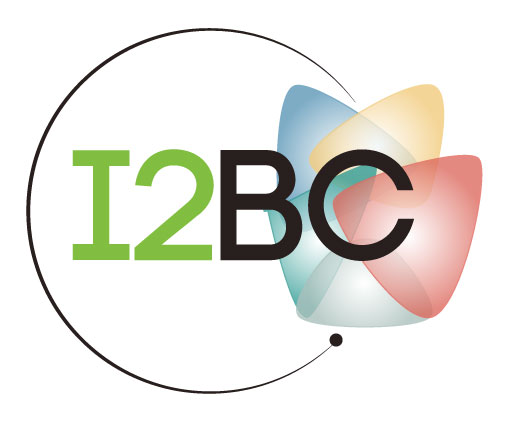Introducing Tritium (3H) MAS NMR in biosolids: application to crystalline diphenylalanine
Résumé
Tritium ($^3$H) possesses the highest gyromagnetic ratio of the periodic table and its negligible natural abundance (3×10-16 %) ensures that no background signal is observed, in contrast to ubiquitous proton ($^1$H), so that one can work at a very low concentration (in the present work less than 0.1%) while maintaining a very good sensitivity. Despite these appealing features, only very few $^3$H MAS NMR study has been reported so far, probably due to the safety issues that need to be carefully addressed for rotating a radioactive sample. We have recently developed an appropriate NMR instrumentation (using a DOTY $^3$H/ $^1$H/X XC4 probehead) and demonstrated the feasibility of $^3$H MAS NMR experiments on model compounds: distance measurements up to 14$\mathring{A}$ could be reached and medium-range distances (4-8$\mathring{A}$) could be determined with an unprecedented resolution (0.02$\mathring{A}$). In this work, we extend these experiments to a relevant system for biological studies, the diphenylalanine peptide which has recently attracted great attention for the development of DNP-based $^{13}$C-$^{13}$C distances measurements at natural abundance. Reliable distances could be determined up to 7A so that our methodology can perfectly complement these experiments. Regarding NMR methodologies, $^1$H-$^3$H Cross Polarization was found to work very effectively and yielded a significant enhancement of the signal, mainly as a consequence of the much shorter relaxation time of protons. A moderate spinning rate of typically 8 kHz was found to be sufficient in obtaining narrow $^3$H MAS NMR peaks with an excellent resolution of 0.01-0.02 ppm. Specificities of the strongly coupled $^1$H-$^3$H nuclear spins system will be discussed, especially with regards to the choice of the pulse sequences for $^3$H-$^3$H dipolar recoupling where HORROR was found to be the most efficient one. Indeed, it requires only a moderate $^3$H RF field while strong $^1$H decoupling can be applied, thus keeping the total RF power reasonable on the two channels which are very close in frequency. Our distance measurements were combined to Molecular Dynamics simulations and DFT computations of NMR shifts in the perspective to develop an integrated $^3$H MAS NMR methodology to determine conformation of a small molecule self-assembled to form large-architecture.
Domaines
Matériaux
Origine : Fichiers produits par l'(les) auteur(s)

